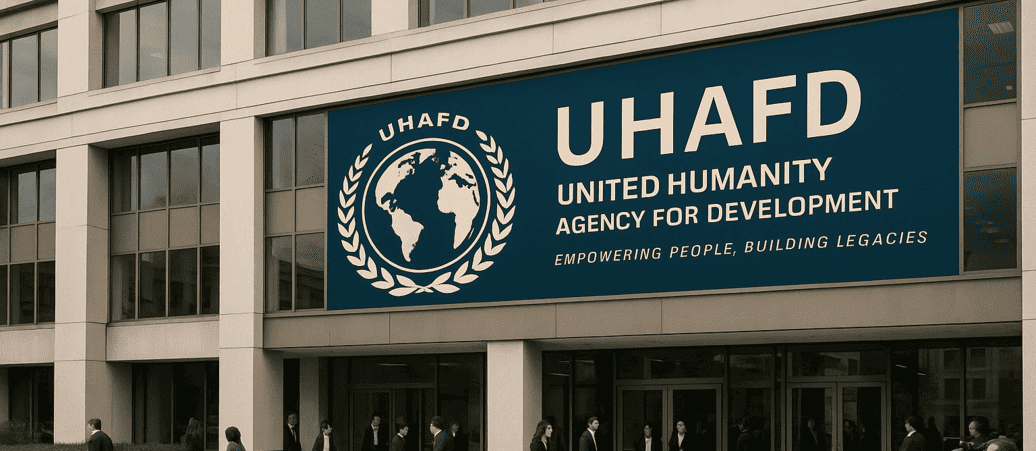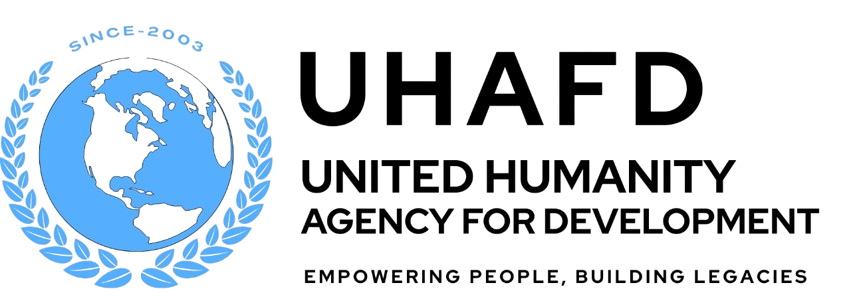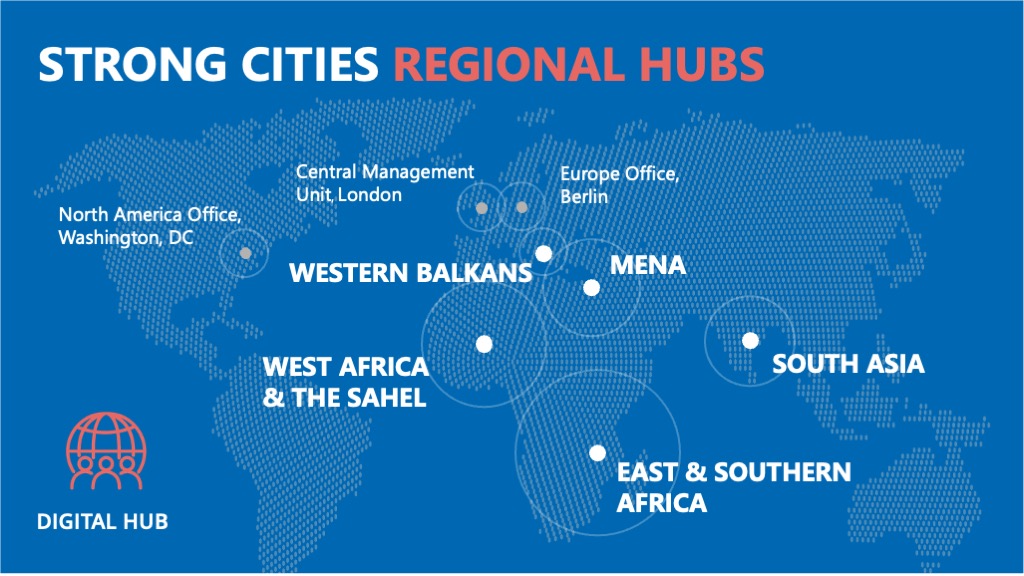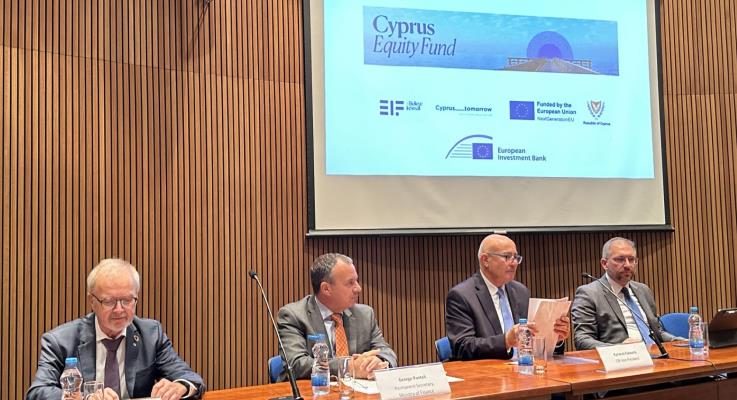
Two Decades of Global Transformation
The story of how a vision for ethical wealth deployment grew into one of the world's most innovative humanitarian organizations.

The story of how a vision for ethical wealth deployment grew into one of the world's most innovative humanitarian organizations.
United Humanity Agency for Development (UHAFD) emerged from a momentous meeting in London during the autumn of 2002, when seven extraordinarily wealthy women from diverse industries and continents gathered not to discuss their business empires, but to confront a common concern: how their immense wealth could meaningfully address humanity's most pressing challenges.
These visionaries—whose combined net worth exceeded £87 billion at the time—had individually engaged in traditional philanthropy for years, yet all shared a growing dissatisfaction with the limitations of conventional charitable models. They envisioned something more sustainable: a new paradigm that would deploy capital with the effectiveness of the private sector while maintaining the compassionate focus of humanitarian work. After months of intensive planning and consultation with global development experts, UHAFD was formally established in March 2003 with an initial endowment of £1.2 billion and a revolutionary mandate.
Unlike traditional foundations that primarily award grants or conventional investment funds focused on returns, UHAFD pioneered a hybrid approach that would later influence the entire impact investing landscape. The founding vision encompassed three distinct but interconnected missions: to provide rapid humanitarian relief with dignity and accountability; to award substantial non-repayable grants to individuals and communities in need; and to make strategic equity investments in ventures with transformative social potential—all without the burden of interest payments or traditional repayment obligations.
"We didn't want to just write checks or generate returns. We wanted to fundamentally reimagine the relationship between capital and human potential—to prove that wealth can serve humanity's highest aspirations when deployed with both compassion and strategic rigor." — From UHAFD's founding declaration, 2003
What follows is the remarkable journey of how this initial vision evolved through global expansion, technological innovation, historical challenges, and unprecedented impact—transforming UHAFD from an ambitious experiment into a pioneering force in humanitarian development and ethical finance.

UHAFD's first operational headquarters opened in a modest office in Mayfair, London, in April 2003, with a core team of just seventeen professionals drawn from the development sector, investment banking, and humanitarian operations. The first year was dedicated to establishing rigorous governance frameworks and vetting processes that would ensure the organization's substantial resources would be deployed with maximum transparency and effectiveness. The founding board, chaired by a prominent economist and comprising the seven founding investors alongside five independent experts, established the Three Pillars Framework that continues to guide UHAFD's work today.
The organization's first major test came unexpectedly in December 2004, when the devastating Indian Ocean tsunami struck. Within 72 hours of the disaster, UHAFD mobilized £47 million in emergency aid, dispatching field teams to Sri Lanka, Indonesia, and Thailand. What distinguished UHAFD's approach, however, was the comprehensive three-phase intervention strategy: immediate relief was swiftly followed by community-led reconstruction programs and finally by long-term resilience investments. In Aceh, Indonesia—one of the worst-affected regions—UHAFD's innovative fishing village reconstruction program became a case study in sustainable disaster recovery, combining traditional knowledge with modern techniques to rebuild 27 coastal communities.
By 2006, UHAFD had expanded its early-stage equity investment program, focusing particularly on overlooked entrepreneurs in post-conflict regions. The organization's first major investment success came with a £500,000 stake in a Rwandan agricultural processing venture led by women survivors of the genocide. The company achieved profitability within 18 months and eventually grew to become one of East Africa's leading fair-trade exporters. Crucially, UHAFD's 1.5% equity stake required no repayment schedule or interest—allowing the business to reinvest profits into expanding operations and improving worker conditions.
The founding years also saw the establishment of UHAFD's Personal Donation Program, with the first major personal grant of £1.2 million awarded in 2007 to a doctor from Médecins Sans Frontières who had contracted a debilitating illness while serving in a conflict zone. This case established the precedent for UHAFD's approach to personal grants: substantial, life-changing support provided with minimal bureaucracy and maximum dignity.

By early 2008, it had become clear that UHAFD's initial structure—centralized in London—would not suffice for its growing global ambitions. The board approved an ambitious five-year expansion plan to establish five regional hubs across different continents, each with significant autonomy in decision-making while maintaining adherence to the organization's core principles. The first regional headquarters opened in Nairobi, Kenya in September 2008, followed by offices in Bangkok, Thailand (2009), Bogotá, Colombia (2010), Amman, Jordan (2011), and Berlin, Germany (2012).
This expansion coincided with—and was tested by—the global financial crisis of 2008-2009. While many charitable foundations saw their endowments shrink dramatically during this period, the conservative investment approach of UHAFD's asset management team preserved the core endowment. Additionally, the founding members made a collective decision to increase their financial commitment, contributing an additional £970 million to the organization's corpus. This counter-cyclical capital injection enabled UHAFD to expand its activities precisely when many traditional aid organizations were contracting, particularly in economic development programs supporting small businesses devastated by the global credit crunch.
The global expansion era also saw UHAFD develop its distinctive methodologies for community engagement. Rejecting the traditional "donor-recipient" model that often creates unhealthy power dynamics, UHAFD pioneered its Community Partnership Protocol—a rigorous approach to co-designing interventions with local stakeholders. This methodology was first deployed at scale during the Haiti earthquake response in 2010, where despite chaotic conditions, UHAFD insisted on meaningful community leadership in all recovery projects. While this occasionally slowed initial deployment compared to other organizations, independent evaluations would later demonstrate that UHAFD-supported projects showed significantly higher sustainability rates and community satisfaction three and five years post-disaster.
By 2012, UHAFD had established a truly global footprint, with operations in 22 countries and a growing reputation for combining the agility of a humanitarian organization with the analytical rigor of an investment fund. The organization's comprehensive five-year assessment, published in late 2012, documented £212 million in direct humanitarian aid disbursed, 1,704 community development projects supported, and 76 equity investments made—with a portfolio company survival rate of 83%, far exceeding typical venture capital benchmarks.

In early 2013, UHAFD held its first global strategy conclave in Singapore, bringing together its now-substantial global team to reflect on the first decade of operations and chart the course for the future. This gathering produced the "Horizon 2025" strategic plan, which emphasized the need for more innovative funding mechanisms and a deeper integration of emerging technologies into UHAFD's work. The most significant outcome of this strategic shift was the formalization of UHAFD's micro-equity investment approach—a model that had been piloted in several regions but would now be standardized and scaled globally.
The UHAFD Micro-Equity Fund launched officially in September 2013 with £120 million in initial capital and a mandate to make investments ranging from £100,000 to £5 million in ventures with significant social impact potential. Unlike traditional microfinance, which typically relies on interest-bearing loans, UHAFD's approach involved taking a small equity position (typically 1.5%) with no repayment requirements. This innovation proved particularly transformative for entrepreneurs operating in unstable economic environments or pursuing impact-focused business models with longer paths to profitability. By removing the burden of regular repayments, entrepreneurs could focus on sustainable growth and impact maximization rather than short-term cash flow management.
The innovation era also saw UHAFD grapple with the complex challenges of climate change. In 2015, following the adoption of the Paris Climate Agreement, UHAFD established its Climate Resilience Initiative, committing £350 million over five years to support communities most vulnerable to climate impacts. This initiative pioneered an integrated approach combining immediate adaptation measures with longer-term transformation strategies. In the drought-stricken Horn of Africa, for instance, UHAFD funded both emergency water provision and innovative long-term projects like the development of drought-resistant crop varieties in partnership with local agricultural research institutions. By 2019, this program had reached over 1.8 million people across seven countries, creating climate-adaptive livelihoods for communities on the frontlines of environmental change.
The period from 2016-2019 also marked UHAFD's deepening engagement with technological innovation. The organization established technology innovation labs in Bangalore, Nairobi, and Santiago, focusing on developing digital solutions for humanitarian and development challenges. These labs created breakthrough applications including a blockchain-based aid distribution system that dramatically reduced leakage in refugee assistance programs; an AI-powered early warning system for predicting disease outbreaks that was successfully deployed during the 2018 Ebola outbreak in the Democratic Republic of Congo; and a satellite-enabled platform for monitoring environmental degradation and illegal resource extraction that has been adopted by indigenous communities across the Amazon basin to protect their lands.
Throughout this innovation period, UHAFD maintained its commitment to rigorous evaluation and learning. The organization's Research & Knowledge Department, established in 2017, published over 40 peer-reviewed studies on humanitarian effectiveness and development impact. These contributions to the global evidence base solidified UHAFD's reputation as not just a funding organization but a thought leader shaping best practices across the humanitarian-development nexus.

When the COVID-19 pandemic erupted in early 2020, UHAFD—like organizations worldwide—faced unprecedented challenges. Yet the crisis also accelerated the organization's digital transformation journey, which had been outlined in the 2019 strategic technology roadmap but not scheduled for full implementation until 2023. With global travel restricted and in-person operations severely limited, UHAFD rapidly pivoted to digital-first operations. Within six weeks of the World Health Organization's pandemic declaration, the organization had deployed a comprehensive digital platform that enabled remote application processing, virtual due diligence, and digital disbursement of funds.
This accelerated digital transformation proved crucial during the pandemic's darkest months. While many traditional aid organizations struggled to maintain operations, UHAFD's new digital infrastructure enabled it to process a record number of applications and distribute £127 million in COVID-19 emergency response funding during 2020 alone. The organization's emphasis on direct cash transfers—powered by mobile money technologies and distributed ledger systems—allowed it to provide immediate economic relief to over 230,000 households across 17 countries when traditional aid supply chains were severely disrupted.
The pandemic period also saw UHAFD deepen its commitment to healthcare system strengthening. Recognizing that the crisis had exposed catastrophic weaknesses in healthcare infrastructure across both developing and developed nations, the organization launched its Health Systems Resilience Initiative in late 2020 with an initial commitment of £200 million. This program took a systems approach rather than focusing solely on COVID-19, addressing fundamental healthcare infrastructure gaps through innovative public-private partnerships. In Uganda, for example, UHAFD funded a pioneering oxygen production and distribution network that not only supported COVID-19 treatment but created sustainable capacity for treating childhood pneumonia, obstetric emergencies, and other critical conditions long after the pandemic.
By 2021, as vaccine inequity emerged as a critical global challenge, UHAFD leveraged its relationships with pharmaceutical companies, government agencies, and multilateral institutions to advocate for more equitable vaccine distribution. The organization contributed £75 million to support "last mile" vaccine delivery in remote regions, developing innovative cold-chain solutions for areas with unreliable electricity and training over 5,000 community health workers. These efforts contributed to increasing vaccination rates in some of the world's most underserved communities, with particular success in reaching nomadic and internally displaced populations.
The digital transformation period culminated in the launch of UHAFD's completely reimagined application and grant management system in January 2022. This state-of-the-art platform dramatically simplified the application process for both individual and institutional applicants while maintaining rigorous due diligence standards. The system's AI-powered translation capabilities now enable applicants to interact with UHAFD in over 100 languages, truly democratizing access to the organization's resources. Meanwhile, advanced fraud detection algorithms and digital verification technologies have reduced processing times by 64% while actually strengthening safeguards against misuse of funds.

As UHAFD marked its 20th anniversary in 2023, the organization undertook a comprehensive impact assessment of its two decades of operation. The resulting report documented extraordinary achievements: over £500 million in funding distributed across more than 30 countries, supporting 14,000+ projects and positively impacting an estimated 10 million lives. Yet true to its culture of continuous improvement, UHAFD's leadership viewed this milestone not as a moment for complacency but as an opportunity to set even more ambitious goals for the future.
In April 2023, UHAFD unveiled its "Beyond Horizons" strategic plan, outlining the organization's vision through 2030. This forward-looking strategy identifies three interconnected global challenges as priorities: climate resilience, health equity, and inclusive economic opportunity. The plan commits to an unprecedented scaling of UHAFD's resources, with the founding circle pledging an additional £2.5 billion in fresh capital over the next five years—the largest expansion of the organization's endowment since its inception. This influx of resources will enable UHAFD to dramatically increase both the number of beneficiaries it reaches and the depth of support it provides.
Today's UHAFD bears both striking similarities and notable differences to the organization established two decades ago. The founding principles—dignity, unity, transparency, and opportunity—remain unchanged, as does the commitment to combining humanitarian compassion with investment discipline. Yet UHAFD's operational capabilities have evolved dramatically, incorporating cutting-edge technologies, sophisticated impact measurement methodologies, and an increasingly diverse global team that now numbers over 720 professionals across 33 countries. The organization's governance has similarly evolved, with the board now comprising 15 members—including the original founding circle, independent experts, and, since 2021, two positions reserved for representatives from communities where UHAFD has significant operations.
Perhaps most significantly, UHAFD has begun to influence the broader philanthropic and development finance landscape. Its innovative micro-equity model has been adopted by several major foundations and impact investors, while its Community Partnership Protocol has been recognized as a gold standard for participatory development. The organization's emphasis on dignity-preserving humanitarian aid has influenced policy discussions at the United Nations and major donor conferences. And its pioneering work integrating digital technologies into humanitarian response has spawned a growing field of "digital humanitarian" organizations and initiatives.
As UHAFD looks to the future, it remains guided by the vision articulated at that first meeting in London two decades ago: that wealth, when guided by compassion and deployed with strategic rigor, can be a transformative force for human dignity and potential. The challenges facing humanity in the 21st century—from climate change to technological disruption to persistent inequality—are profound, but so too is UHAFD's commitment to meeting those challenges through innovative, ethical, and effective deployment of resources. The next chapter of the organization's history promises to be its most impactful yet.
Beyond statistics and milestones, UHAFD's true legacy lies in the countless individual stories of transformation—the entrepreneur whose vision became reality, the community rebuilt after devastation, the child with access to education who becomes tomorrow's leader. Each of these stories represents a point where wealth was transformed into opportunity, and opportunity into human flourishing.
As UHAFD's founding circle often reminds us: "The measure of our work is not found in the resources we deploy, but in the lives that are changed, the communities that are strengthened, and the futures that are made possible." This living legacy continues to grow with each grant awarded, each investment made, and each community empowered—a testament to what is possible when wealth serves humanity's highest aspirations.